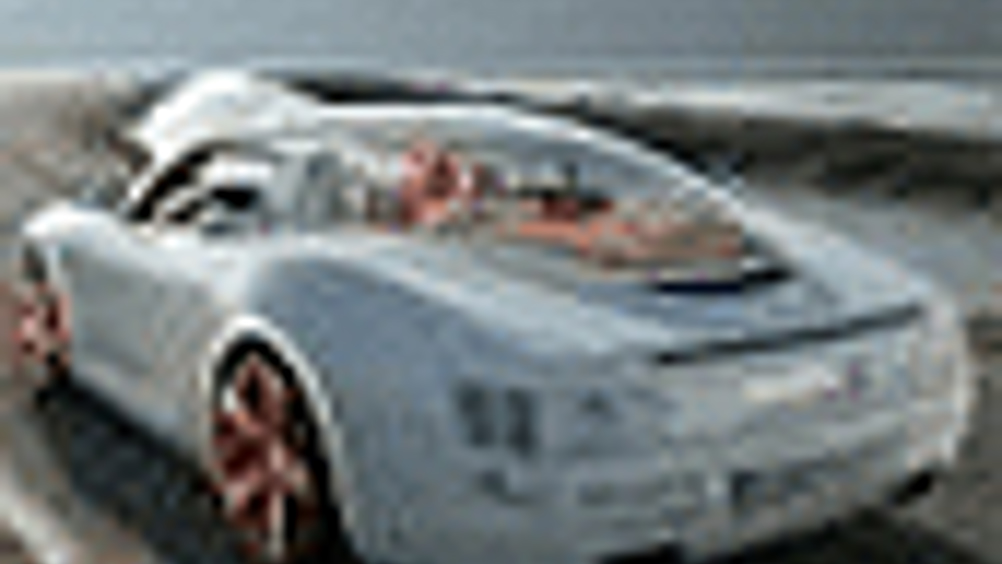Material benefits
Hartmut Löwer, head of Bayer MaterialScience’s polycarbonates development section, believes we’ve only seen a fraction of the potential of these innovative plastics. Stuart Nathan reports.

It’s a truism of design that form is dictated by function, but it’s also heavily influenced by materials. In the automotive industry the shape of vehicles and the way they are made have long depended on the materials used to make them: predominately steel and glass. But now polymer scientists are developing new materials that are as strong as their traditional forebears, but considerably lighter. With this advent, the look of cars, and the way they are built, is changing rapidly.
From the point of view of materials developers, closer co-operation with customers involves a great deal of study. According to Hartmut Löwer, head of innovation and research for Bayer MaterialScience’s polycarbonates business, it’s a process where supplier and customer have to educate each other. ‘It’s a matter of survival, that we both understand the requirements of the other side,’ he said.
Bayer, one of Germany’s largest chemical companies, dominates its home town of Leverkusen, with its illuminated logo visible from several miles away. Its name is known from the Bayer brand of aspirin in the US, to the local football team Bayer Leverkusen. But it’s also a major player in the field of specialist polymers and, along with General Electric, is one of the world’s largest manufacturers of the hard, clear plastic polycarbonate that it sells under the trade name Makrolon.
Register now to continue reading
Thanks for visiting The Engineer. You’ve now reached your monthly limit of premium content. Register for free to unlock unlimited access to all of our premium content, as well as the latest technology news, industry opinion and special reports.
Benefits of registering
-
In-depth insights and coverage of key emerging trends
-
Unrestricted access to special reports throughout the year
-
Daily technology news delivered straight to your inbox










UK Enters ‘Golden Age of Nuclear’
The delay (nearly 8 years) in getting approval for the Rolls-Royce SMR is most worrying. Signifies a torpid and expensive system that is quite onerous...